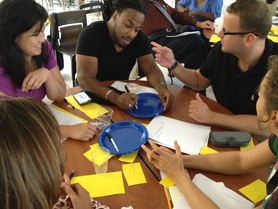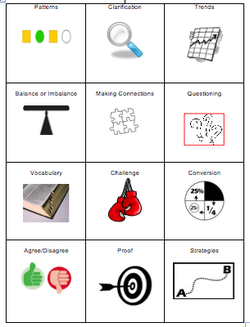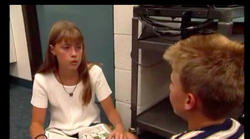
1.Put students into groups of 3 or 4 and provide each group with a plastic picnic plate and a transparency marker. (Paper plates work, too.)
2. Tell students that they will be given a word to write in the middle of the plate, and then they will pass the plate around their group, adding ideas, for 2 minutes. They will be given points for every idea on the plate, (I usually give 1000) and bonus points for any idea they have that no other group wrote down (5000.)
3. Rules for Pass the Plate - spelling doesnot count, they may not use resources (other than each other), and they may not skip a turn.
This photo is of a group of teachers playing Pass the Plate at one of my workshops. I provided the word "big" and they had to generate synonyms for the word. Teachers, like students, enjoyed the friendly competition and were very engaged with the activity.
When you are finished sharing ideas, simply hold the plate under the water faucet and it will rinse right off!


 RSS Feed
RSS Feed